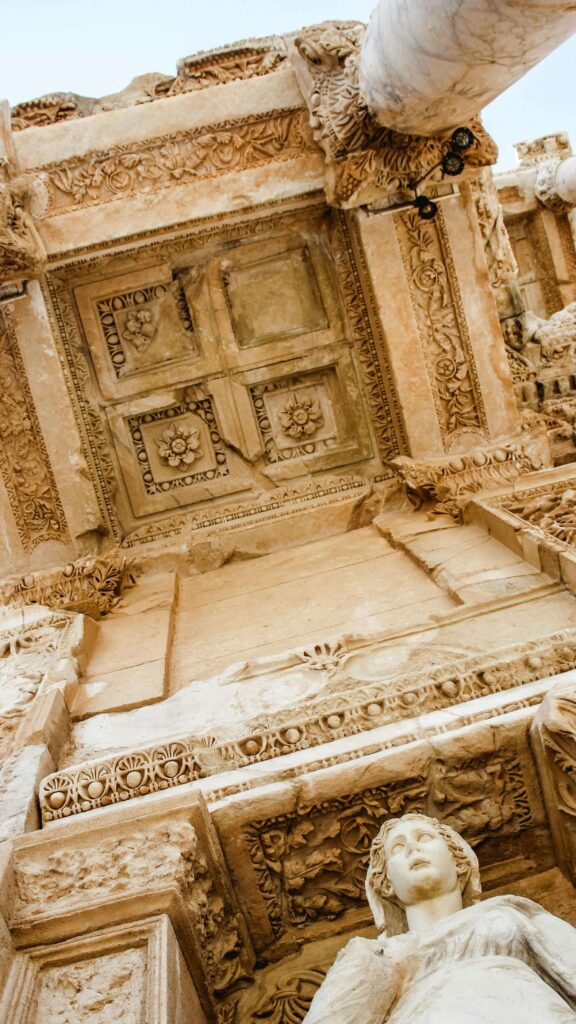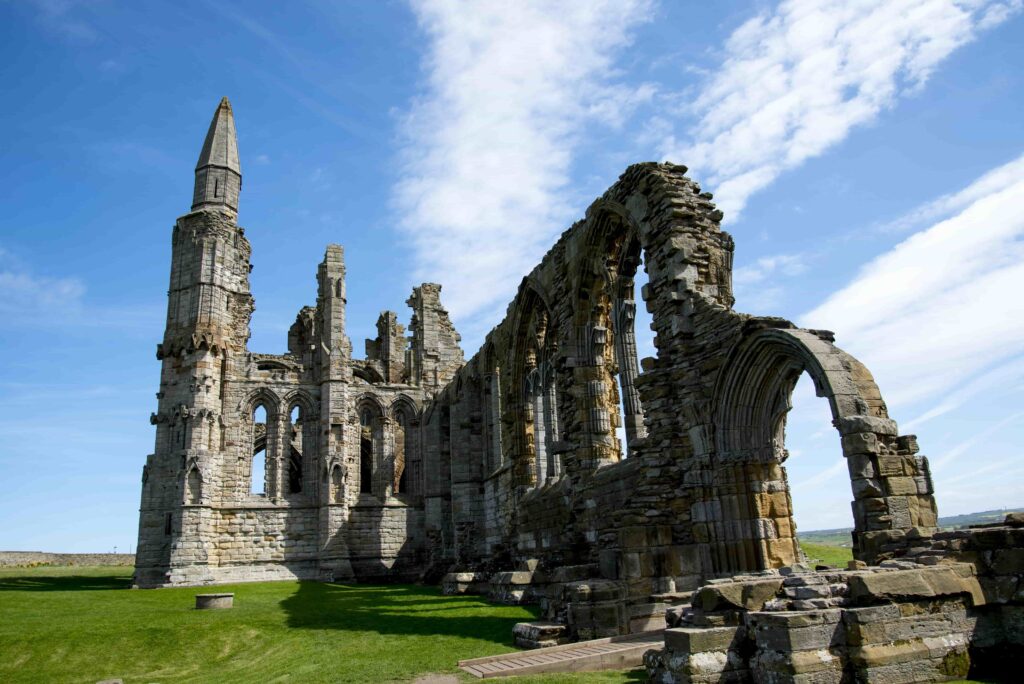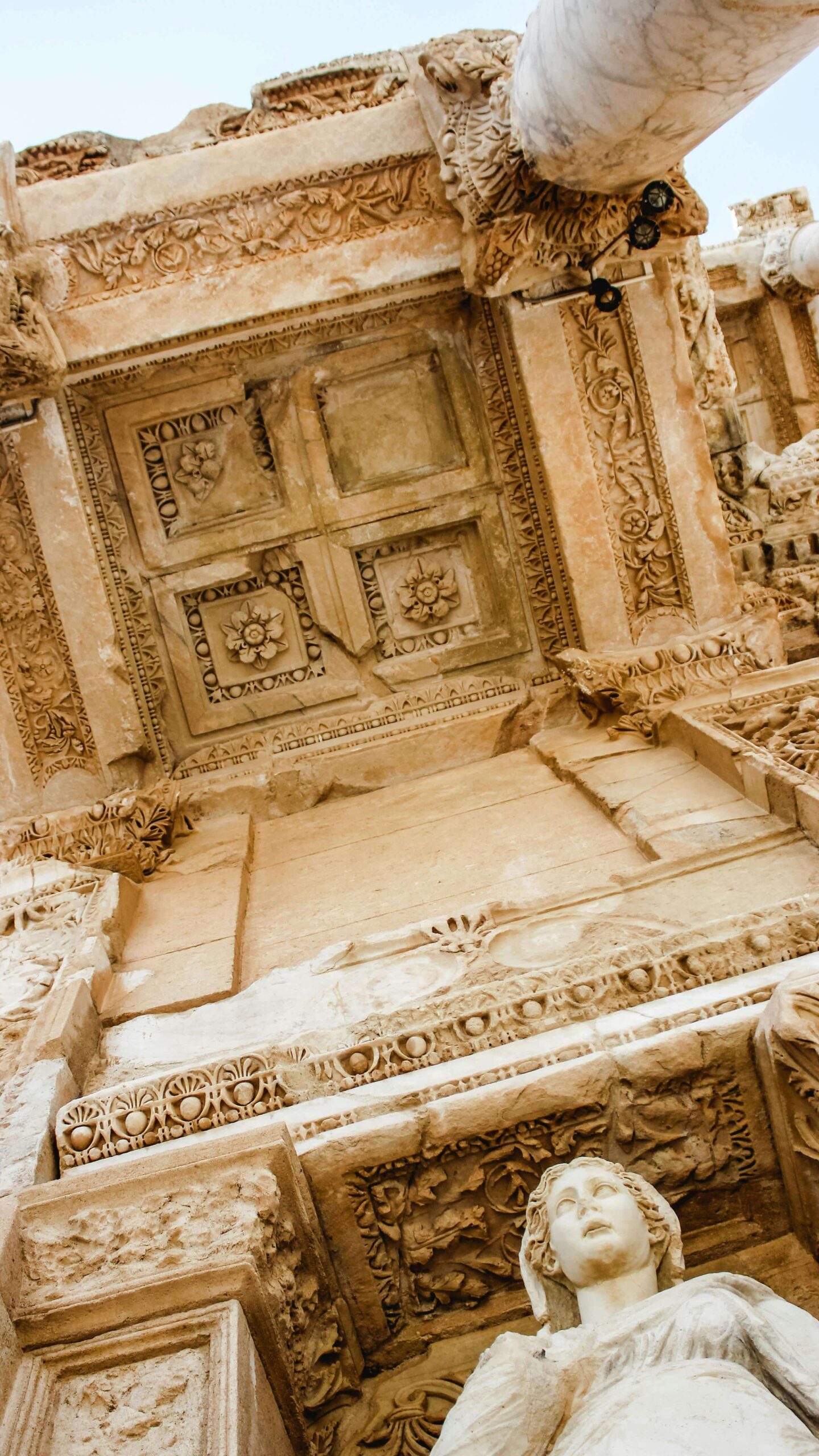Introduction
The United Kingdom is a land rich in history, with a tapestry of ancient ruins and historical sites that offer a glimpse into its fascinating past. For the adventurous time traveler, exploring these sites is like stepping back in time, immersing oneself in the stories of generations long gone.

From Roman forts to medieval castles, and from Neolithic stone circles to Victorian industrial marvels, the UK is a treasure trove of historical wonders waiting to be discovered. In this guide, we will embark on a journey through time, uncovering some of the most captivating ancient ruins and historical sites across the UK.
Roman Britain: Forts and Villas
Our journey begins with Roman Britain, a period marked by the expansion of the Roman Empire into the British Isles. One of the most iconic Roman sites in the UK is Hadrian’s Wall, a defensive fortification built by Emperor Hadrian in AD 122 to guard the northern frontier of Roman Britain. Stretching across northern England, Hadrian’s Wall is a UNESCO World Heritage Site and offers visitors the opportunity to walk in the footsteps of Roman soldiers.
Another remarkable Roman site is the city of Bath, known for its well-preserved Roman baths and temple complex. Built around natural hot springs, the Roman Baths provide a fascinating insight into Roman engineering and bathing rituals.
For those interested in exploring Roman villas, the remains of Fishbourne Roman Palace in West Sussex offer a glimpse into the luxurious lifestyle of Roman nobility. With its intricate mosaic floors and extensive gardens, Fishbourne Roman Palace provides a vivid picture of life in Roman Britain.
Medieval Marvels: Castles and Cathedrals
Moving forward in time, we come to the medieval period, a time of castles, cathedrals, and chivalry. The UK is home to hundreds of medieval castles, each with its own unique story to tell. One such castle is Warwick Castle, a medieval fortress located in Warwickshire. With its imposing towers and ramparts, Warwick Castle offers visitors the chance to experience medieval life firsthand through interactive exhibits and live demonstrations.
Another medieval marvel is Durham Cathedral, a masterpiece of Norman architecture and a UNESCO World Heritage Site. Built in the 11th century, Durham Cathedral is renowned for its soaring towers, stunning stained glass windows, and the shrine of St. Cuthbert.
In Scotland, the iconic Edinburgh Castle dominates the skyline of the capital city and offers panoramic views of the surrounding landscape. From its ancient fortifications to the Crown Jewels of Scotland, Edinburgh Castle is a must-visit for any history enthusiast.
Prehistoric Mysteries: Stone Circles and Burial Mounds
Venturing further back in time, we encounter the prehistoric period, characterized by enigmatic stone circles, burial mounds, and sacred sites. One of the most famous prehistoric monuments in the UK is Stonehenge, a UNESCO World Heritage Site located on Salisbury Plain in Wiltshire. Dating back to the Neolithic period, Stonehenge continues to intrigue archaeologists and visitors alike with its mysterious origins and astronomical alignments.
Lesser-known but equally fascinating are the Callanish Stones on the Isle of Lewis in Scotland. Comprising a central circle and several avenues of standing stones, the Callanish Stones are thought to have been erected around 3000 BC and may have served as a ceremonial site or astronomical observatory.
In England, the ancient burial mounds of Sutton Hoo offer a glimpse into the burial practices of the Anglo-Saxons. Discovered in the 1930s, the Sutton Hoo burial site contained a wealth of artifacts, including a magnificent ship burial and treasures fit for a king.
Industrial Revolution: Mills and Factories
As we approach more recent history, we encounter the Industrial Revolution, a period of rapid technological advancement and social change. The UK played a central role in the Industrial Revolution, and many of its industrial sites have been preserved for posterity.
One such site is Quarry Bank Mill in Cheshire, a working cotton mill built in the late 18th century. Visitors to Quarry Bank Mill can explore the mill complex, see the machinery in action, and learn about the lives of the workers who toiled in the mills during the Industrial Revolution.
In Ironbridge Gorge, Shropshire, visitors can step back in time at the Ironbridge Gorge Museums, a collection of industrial heritage sites including the Iron Bridge itself, the world’s first iron bridge, and the Blists Hill Victorian Town, a living museum where visitors can experience life in a Victorian-era industrial community.
Conclusion

From the Roman ruins of Hadrian’s Wall to the medieval splendor of Durham Cathedral, and from the prehistoric mysteries of Stonehenge to the industrial heritage of Quarry Bank Mill, the UK offers a diverse array of ancient ruins and historical sites waiting to be explored. Whether you’re a history buff, an archaeology enthusiast, or simply curious about the past, a journey through the UK’s rich historical landscape is sure to be a rewarding experience. So pack your bags, grab your map, and embark on a time-traveling adventure through the storied past of the United Kingdom.




